 One shot is all you'll need. Agent 47 is tasked with killing his old handler and kidnapping a teenage girl. The handler's dying wish is that he take the girl to safety. In doing so, he's managed to piss off both his agency and a criminal group out to make a quick million. He has to get the girl and, of course, kill everyone. That's what being an assassin is all about, right?
1. Gameplay
I’ve played a few amazing stealth based games already this year. Dishonored was an astonishingly fun game to play, Deus Ex had some pretty interesting RPG elements, and Far Cry 3, even though it isn’t really “stealth” had some pretty fun stealth mechanics that made the environment worth sneaking through. So Hitman: Absolution had some very large shoes to fill. It did a really good job, but it’s not without its flaws. It definitely met my unfairly high expectations, but there were a few big things that I wish had been done differently. In Hitman: Absolution, players will take control of “Agent 47”, an assassin that works for an unnamed “Agency”. The story starts out with Agent 47 given an assignment to kill his former handler. When he completes this, her dying wish is that he take care of this teenage girl named Victoria. She’s special for some unexplained reason and, as a result, the agency wants her and is willing to kill just about anyone to do this. Now, I have never played a Hitman game before, so my knowledge of the characters and their normal interactions is very limited. So when Agent 47 takes the girl to fulfill the dying wish of his handler, I assume that there is a significant relationship between these two people. One that would cause the normally stoic, single-minded Agent to go openly defy his Agency orders. Eventually this is all explained over the course of the story. The characters are interesting and the game does a decent job of tying everything together. The ending is satisfying, so there’s no problems there. But I did have an issue with the overall presentation. The game didn’t do a very good job of making me understand exactly why I was protecting the girl. The information was there, revealed as part of a grand finale, but it made going through most of the game a bit confusing. Then there’s also the weird amounts of sexuality. I’ve never had much of a problem with sex in games if it makes sense with what’s going on, but that just isn’t the case here. The BDSM sequences (discussed in later sections of this review) were so oddly placed and didn’t fit with the rest of the story. It felt like a cheap, tacked on way to try and get attention. And while there were plenty of missions that included a target that I had to kill, there were also plenty of missions that didn’t. For those, it was just a matter of sneaking around and trying not to be spotted. This wasn’t a huge deal for some of the missions, but after a while it just became a bit of a chore. The target-based missions felt pretty open and gave me a lot of freedom of choice if I found the right angle of attack, but the stealth missions were extremely linear and, at times, had only one good way to get through. Without a quicksave system, failure was costly and frustrating. Hitman: Absolution was fun, but it’s about as far into the “stealth” genre as I want to go. Anything more and I’m not entertained. Despite a few flaws and aesthetic issues that I had, it was definitely worth playing.
Hitman: Absolution is a lot longer than I expected. It took me around 16 hours to complete the campaign, but I took my time and tried to complete each mission as stealthily as possible. Someone who doesn’t care as much about being spotted could probably complete the campaign in as few as 10 hours or less. However, there was a lot of content left to explore. Each assassination mission has multiple different tactics that the player can employ to take out the targets. There are things around the level that can be used to the player’s advantage and using these will increase the player’s score. It doesn’t change the story at all, but it does provide a reason to go back and retry each mission multiple times. There are also contracts that can be created and completed. Basically, the player will enter a level, mark at least one target, kill the targets, and then leave the level. The game will record what weapons the player used to kill the target, what the player was wearing, and a lot of other data. The player’s friends can then attempt these same missions, trying to get as high of a score as possible. It can get pretty challenging, but the overall design could use a bit more work. If my friends were into it, I’d definitely play them for a while.
The Hitman games have always been about stealthily eliminating targets. It allows for full on guns-blazing combat, but players get the most points for successfully eliminating as few people as possible without getting caught. That being said, a number of the missions felt more like work than fun. Most of the missions ended up being “get through the level without getting caught”. There weren’t any targets and the level designed forced the player along one or two set paths. This was a bit frustrating because trying to not get caught was extremely difficult. Enemies were relatively predictable until you loaded from a previous checkpoint. Then they were reset to their beginning position, which meant you could be waiting for 5 minutes or more while the enemies moved into the perfect position even if you saved at the checkpoint at the perfect time. It made the game much longer than it had to be. The controls could be a bit weird at times too. Granted, the game clearly wasn’t originally designed to be played on a mouse and keyboard, but there were a number of times when I had to turn the long way around, taking myself away from cover, just to go back behind cover to hide from an enemy. It was a weird system that ended in me getting spotted unnecessarily a few times. 2. Parental Notices
Considering the premise of this game and the backstory of the main character, it shouldn’t be a surprise to anyone that violence is a significant factor in this game. However, what was surprising to me is the lengths that the developers went to discourage the excessive use of violence. It is possible to go through the game by killing everyone (I tried just to be sure), but the point system of the game seriously discourages this. Instead, the game encourages the player to figure out a way in which only the players target dies. If the target is surrounded by 3 henchmen, the game encourages the player to find a way to kill just the target and make the entire thing look like an accident. There are some very creative ways of doing this. Electrocution is a common method. The player can hotwire a generator to a puddle or a water pipe and, when the target stands in the puddle or washes their hands, the target will be electrocuted. In one mission, the target can be electrocuted by urinating on a hotwired vehicle. Causing major explosions is another common method. For example, in one level the player can rig a gasoline pump to spill gasoline all over one area of a mechanic shop. When the target goes over to the pump, the player can shoot the gas, causing a massive explosion that kills not only the target but all of the surrounding henchmen and civilians. Dropping objects onto unsuspecting targets is also another simple way of elimination. For example, there are numerous sections where the player can drop a chandelier onto enemies below. There are also more exotic forms of elimination. For example, in one level the player can take lighter fluid and mix it with a hair growth solution. When the target applies the solution, it will cause his head to combust. There will be a few times when violence will be a more serious factor. This is especially true if firearms are included. Each level will have a variety of firearms which can be used to kill pretty much every character in a level. Shooting enemies will normally result in a small amount of blood. Shooting enemies is almost always optional, though, and the game does actively discourage this. Most of the weapons the player will find in the map are unsilenced. Firing these will instantly alert all nearby enemies to the player’s position. Even if the player shoots an enemy with a silenced weapon, it is difficult to dispose of the body without being seen. Being seen near a body will arouse suspicion and blow the player’s cover. There are a few times when shooting an enemy is required. For example, in one level the player pursues the corrupt sheriff to a church. The sheriff takes a priest hostage, so the player has to shoot the sheriff in the head in order to save the priest. There is a significant amount of blood that goes onto the casket behind the sheriff. In another level, thugs looking for a girl that Agent 47 promised to protect break into an orphanage and systematically kill all of the nuns. Some of those scenes were very bloody and portrayed a significant amount of violence perpetrated against women who were clearly innocent of any wrongdoing. It was an excellent motivator, but still pretty violent. In certain very specific sections of a small number of levels, the player can find a weird sort of tree grinder. If the player hides a body in this and activates it, it will grind up the body and spit out blood and chunks. I didn't even know these existed until I looked it up. But all of this violence is just an extremely small portion of the game. Most of the time the player will be sneaking around the level trying not to get caught. When violence does occur, it’s usually something pretty simple like pulling someone through an open window. Garroting enemies with a wire is a very easy way to kill an enemy silently. This involves simply choking the enemy with the wire and bringing them onto the ground. The player can then quickly begin dragging the body to a safe place where it can be hidden. The player can also subdue enemies without killing them. Sometimes this involves getting into fistfights with the enemy, but this method is usually loud and draws unnecessary attention.
Sexuality is going to be present in a number of cutscenes and missions that the player will complete and very little of it makes sense with the story. For example, one of the main antagonists is a corrupt sheriff who has a submission fetish. If you don’t know what that means, he likes to be tied up and whipped by a dominatrix. And you get to see some of those “encounters”. One of the early controversies about this game concerned a particular trailer with “The Saints”, who make their appearance later in this game. The Saints are seven female assassins who are sent to eliminate Agent 47. But unlike 47, who wears a suit and looks exactly like the professional assassin he is designed to be, The Saints wear slutty leather nun habits. I tried every possible way to explain why this content was included (other than pure titillation), but I couldn’t come up with any answers. I thought that maybe it was the developers’ way of trying to portray the enemies as depraved or deserving of the player’s disdain, but they already did that by putting them on the sides of the antagonists. There just wasn’t an effective way to justify this stuff. And there are other examples where sexuality fits with the context of the missions. For example, in one mission the player has to take out a target who happens to be a sort of “whale” at a strip club. By this I mean he comes in regularly, drops a lot of dough, and as a result gets a lot of special privileges. There are big-breasted topless strippers all over this mission, but that makes sense since its set in a strip joint. The player can’t participate in any of the “action”, though, because it wouldn’t fit with the main character’s personality. In one of the later missions, one of the female antagonists tries to seduce Agent 47. She says some allegedly seductive lines (like “I like a hard man”) and then begins taking her clothes off. After taking her shirt and skirt off, she goes behind her back to take off her bra and pulls a gun on the player, who is then forced to shoot her. There are also going to be ads for pornographic content and services in certain levels. These are mostly confined to the seedier areas where this type of content is expected to be shown.
Smoking is fairly common throughout the game, but it’s still a pretty subtle element. Numerous characters can be seen in the game smoking. This is mostly used as a way to give the characters something to do while they’re standing around so they seem less robotic. Some characters in cutscenes can be seen smoking as well. One of the first missions involves harder drugs and was the only instance I could find of narcotics. The main target is setting up a drug deal. The dealer brings a bag full of cocaine to the deal, which the target will “test” to ensure its purity. The player can lace the cocaine with scales from a poisonous fish to kill the target. Poisons like this have a sort of recurring role. There are numerous times when the player can poison enemies. This almost always involves putting some sort of poisonous material (i.e. rat poison) into something that the target will eat or drink. There is one section where the player has to escape through a hippie commune. Somehow these hippies managed to create a complete marijuana farm inside a New York City apartment complex. It's actually pretty impressive.
I found some slot machines in one part of the strip club. However, the player could not use these machines. Gambling wasn’t present anywhere else in the game. 3. Other Factors
The game features a “contract” section of the game. I expected a sort of level editor where the player could set up an area, put in units, targets, weapons, and disguises, and then let players loose. Unfortunately, this was definitely not what the contracts section is. Basically, the player can enter into the levels from the campaign, select any target they want to, and the game will record everything the player does. Other players can attempt the same actions as the player. Whoever gets the closest gets the most points. It’s supposed to be a sort of friendly competition, but the potential just isn’t realized. Fortunately, the player cannot include any content that wasn’t already in the game to begin with, so mods are not a factor in this game.
Hitman: Absolution includes a lot of obvious religious characters, symbols, and references. For example, early on when Agent 47 is looking for a place to hide the girl, he takes her to an orphanage run by nuns. Eventually he shows back up dressed like a priest. He has to move through the orphanage where there are many religious symbols. The female assassin squad known as The Saints dress in slutty nun costumes. Pieces of their “habits” can also be found in the strip club.
Considering that Agent 47 is an assassin, the inclusion of anti-law should not come as much of a surprise. The player will be actively murdering numerous individuals while simultaneously staging these murders to make them look like accidents. Numerous levels will involve the player trying to stay hidden from law enforcement personnel. While some of these law enforcement agents will be under the payroll of the corrupt sheriff, a good number are not. There is one mission in particular where the player has to evade law enforcement agents who are searching for him. 47 was framed for the murder of a hotel maid and somehow the local authorities were notified. As a result, the player has to sneak past the police through the entire level. One of the better disguises in most levels is the police uniform. So if the player subdues or kills a police officer and takes the officer’s disguise, he can get into pretty much anywhere unquestioned. It isn’t perfect, but it was one of the disguises that I tended to take more often because of the ability to walk past almost every NPC without question.
Technically there is no multiplayer mode for this game. However, the player can participate in and create contracts for other players to try. These contracts do not require any interaction between the players though. Therefore, the online community is not a factor in this game.
There are a number of sections when the player can walk along ledges. These ledges are usually overlooking extremely dangerous precipices. However, Agent 47 has no problem navigating them. There is also one time when the player can shimmy along a bridge by hanging off the edge. I couldn’t imagine any safe way to do something like this.
Magic is not a factor in this game.
Kidnapping Kidnapping is a fairly central theme of this game. The beginning of the game starts with the player being hired to kidnap a teenage girl. Instead, he takes her to an orphanage to try and keep her safe. Eventually, though, she is kidnapped. The player will spend most of the rest of the game in pursuit of her kidnappers, trying to rescue her. There is also one scene where the player will kidnap the son of the man who kidnapped the girl. He will then take the son off to a desert in the middle of nowhere. Torture Aside from the awkward, randomly placed BDSM content, there are a few cutscenes where torture is a slight factor. For example, when the player is first introduced to The Saints, they are in the process of torturing an unknown man for unspecified reasons. Human Disfigurement One of the main enemies is a brutish man who was genetically modified to have the physical size and strength of The Hulk. This is the only time human disfigurement is a factor in this game. Prostitution
In one cutscene, Agent 47 walks down a street and passes by a few prostitutes. He ignores these women. This is the only time prostitution is ever included in the game.
0 Comments
Leave a Reply. |
Like what we do? Want to see more? Donate to the site using the button below!
Not sure what a term means? Read the definitions!
Not sure what a review section is about? Find out more information!
|

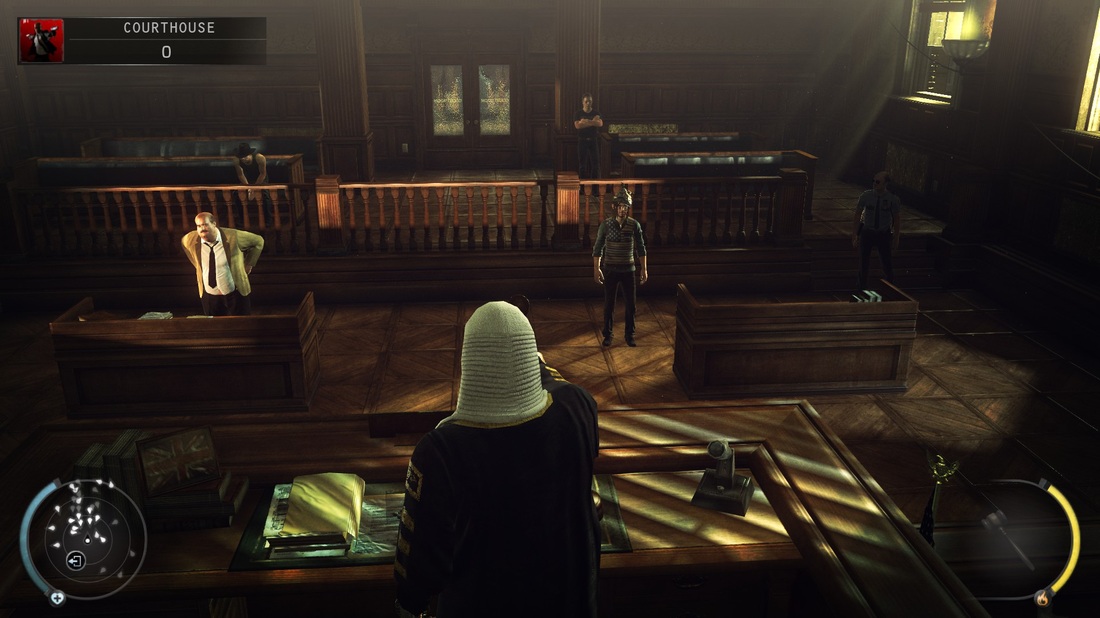
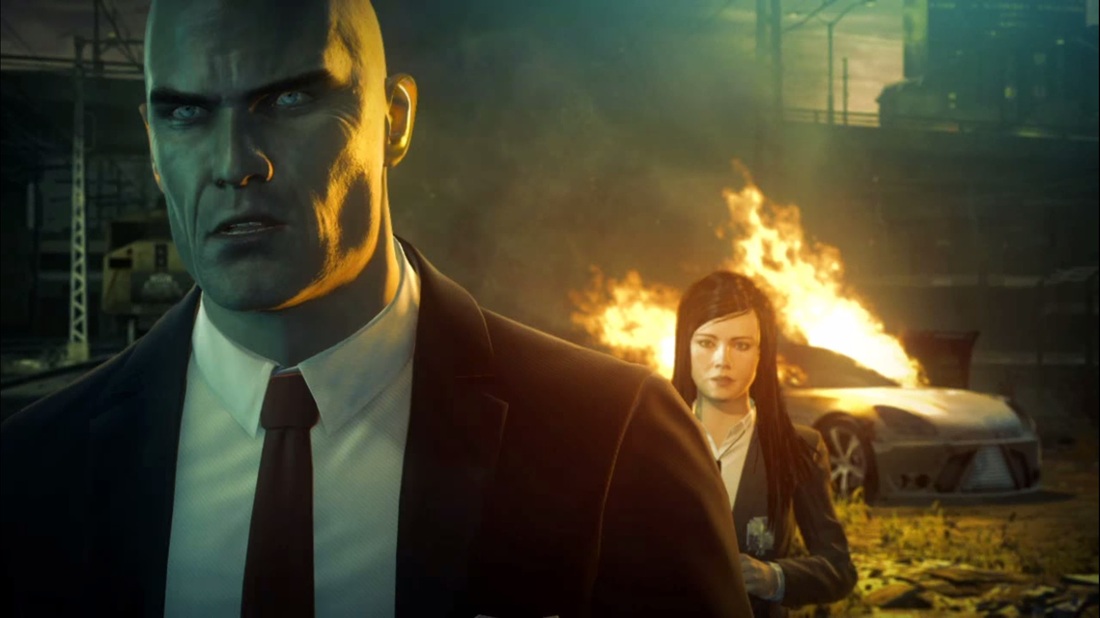
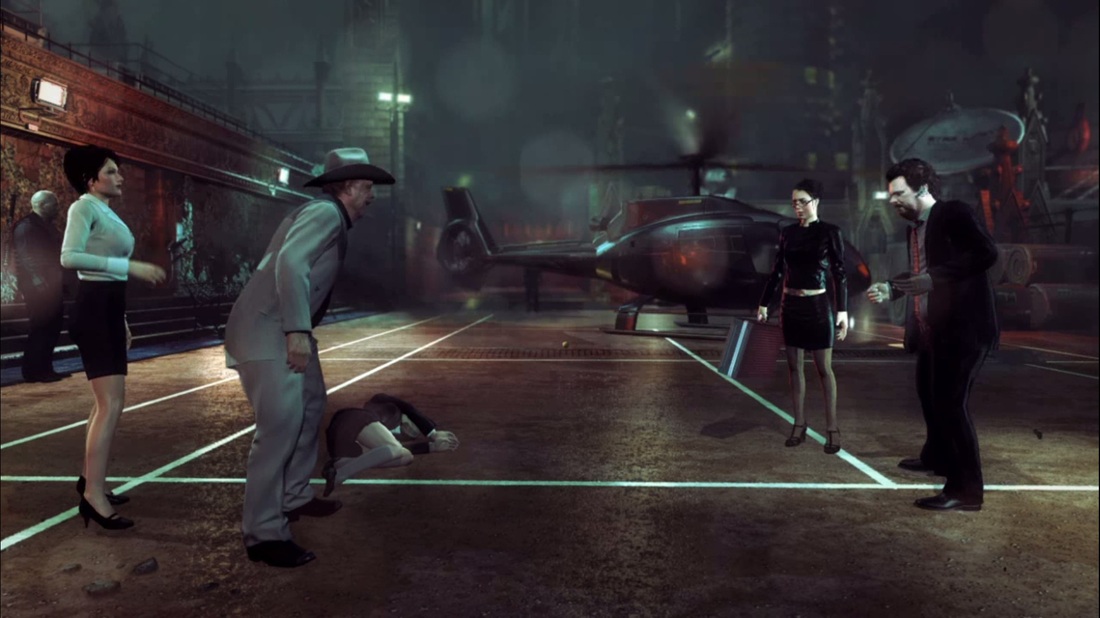
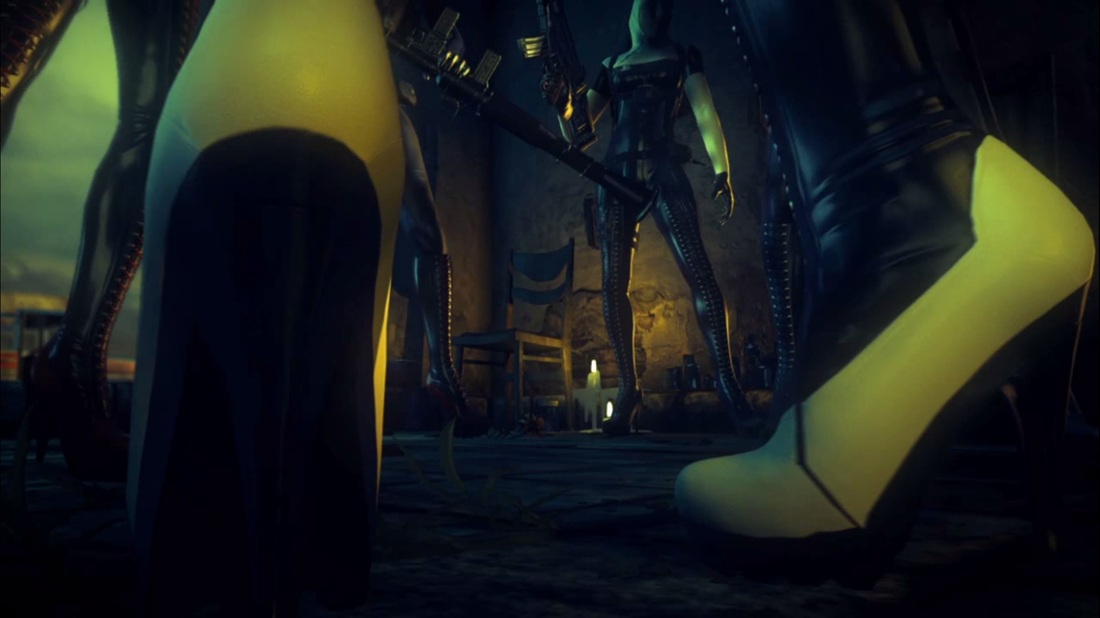

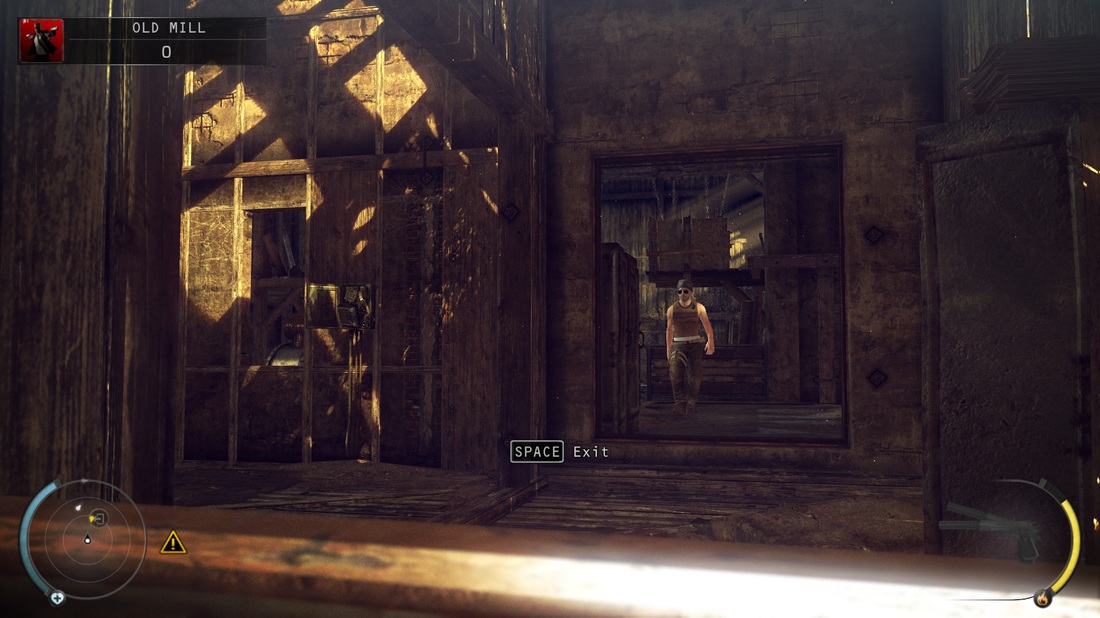



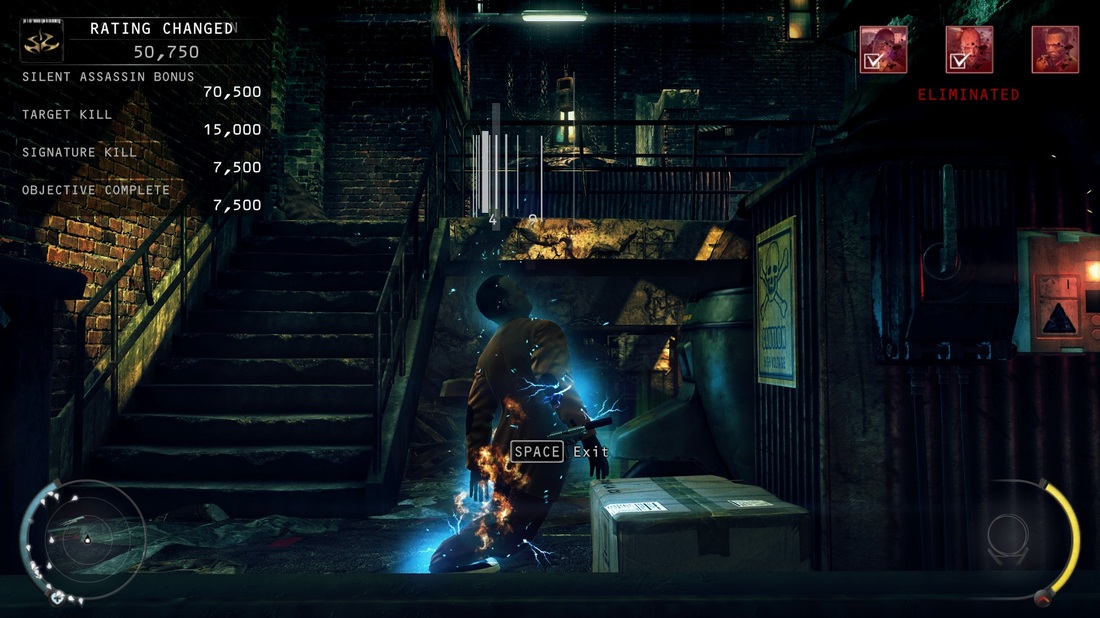






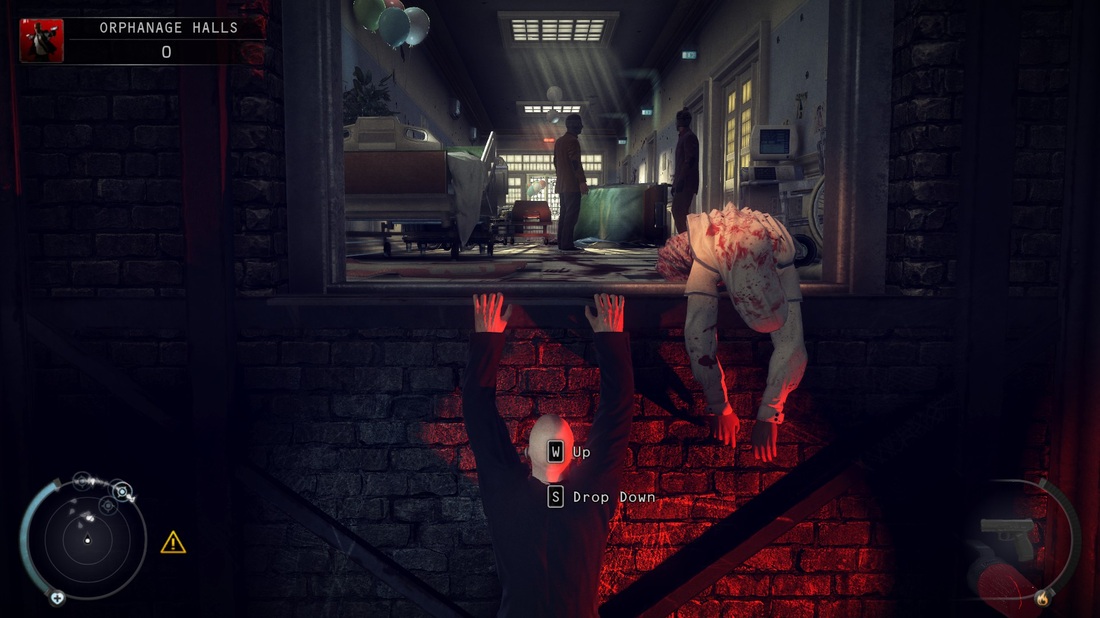

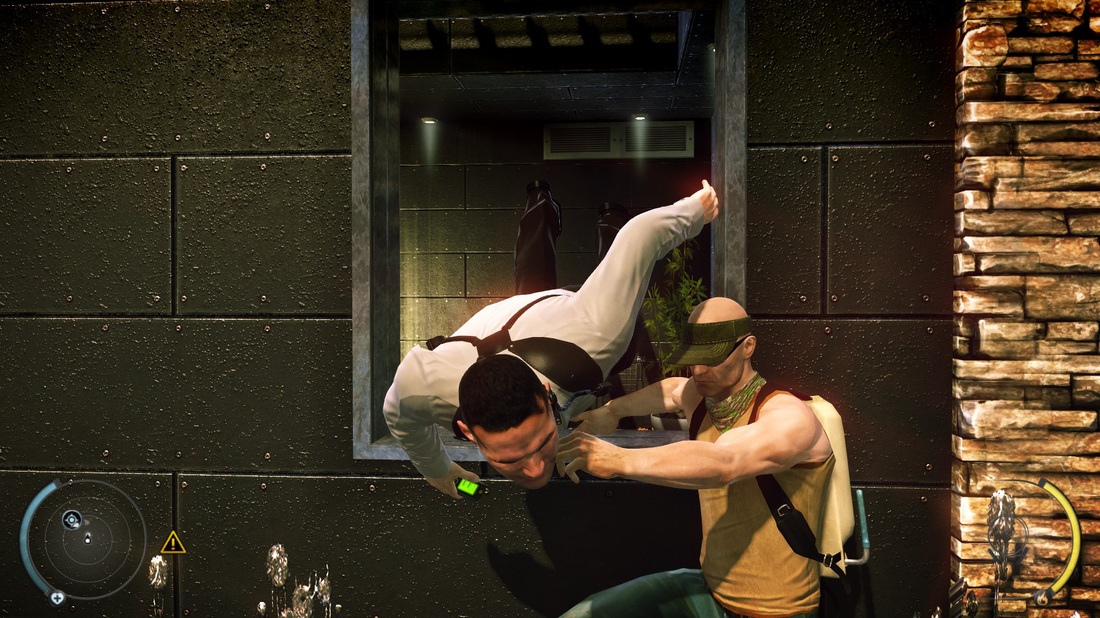

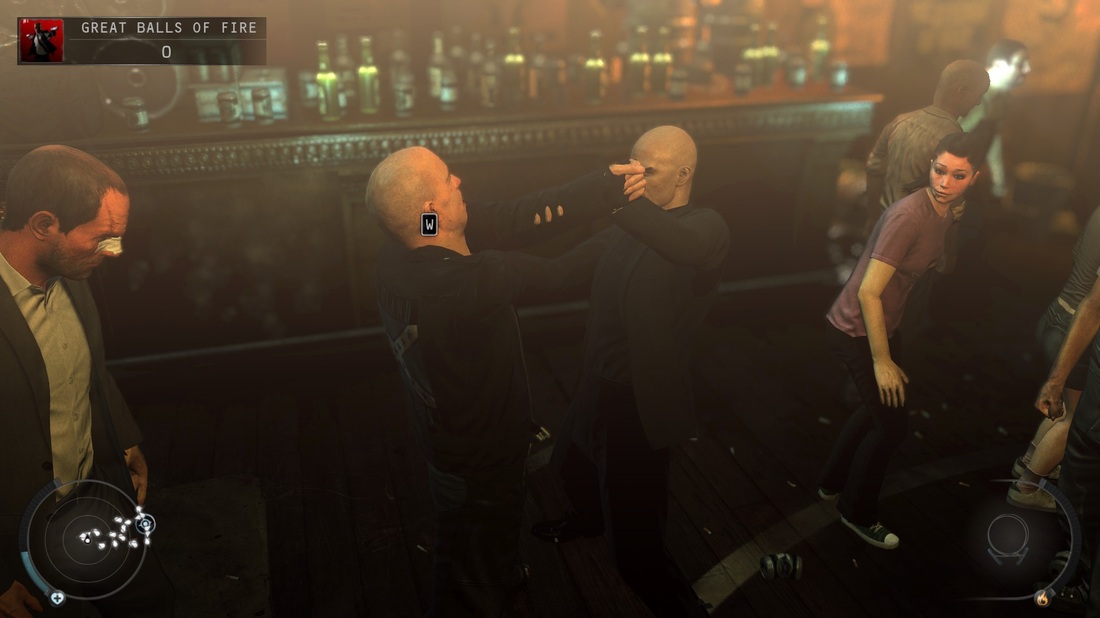
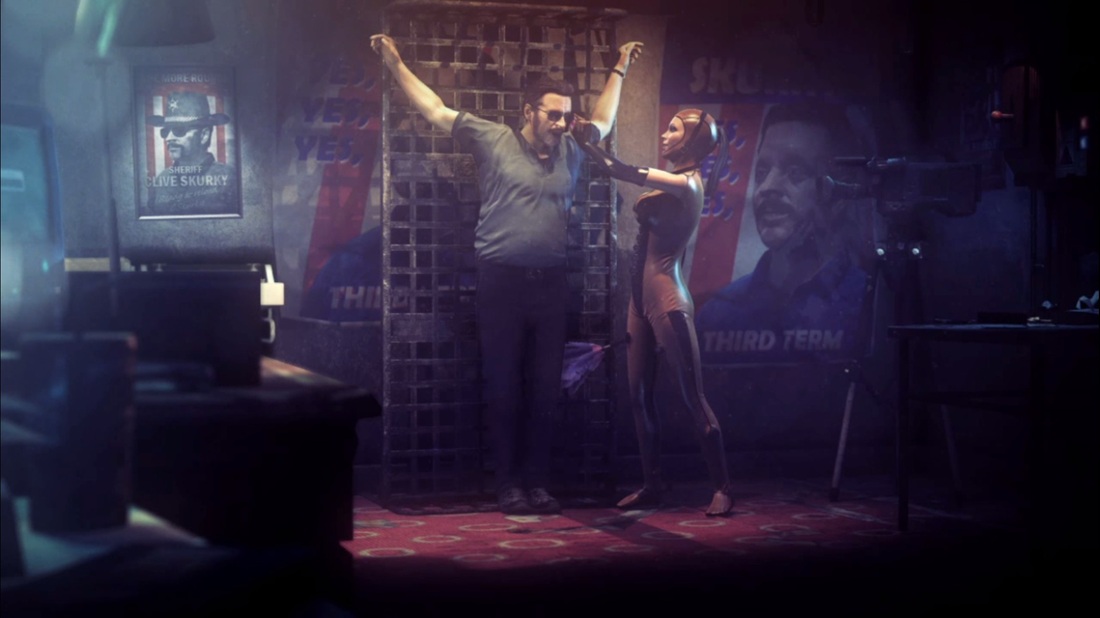

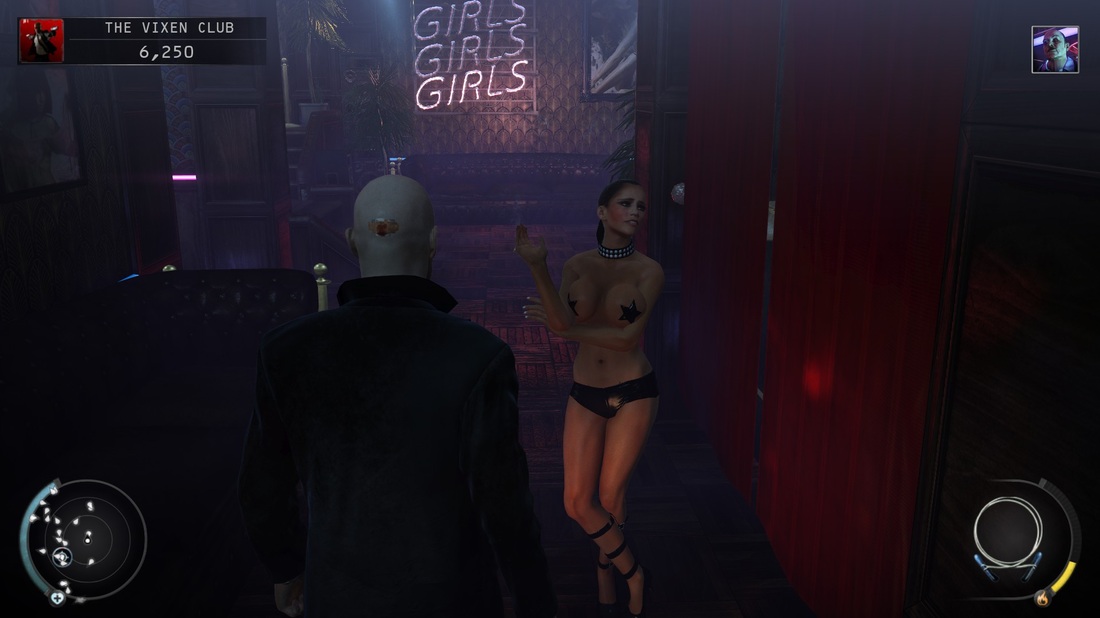






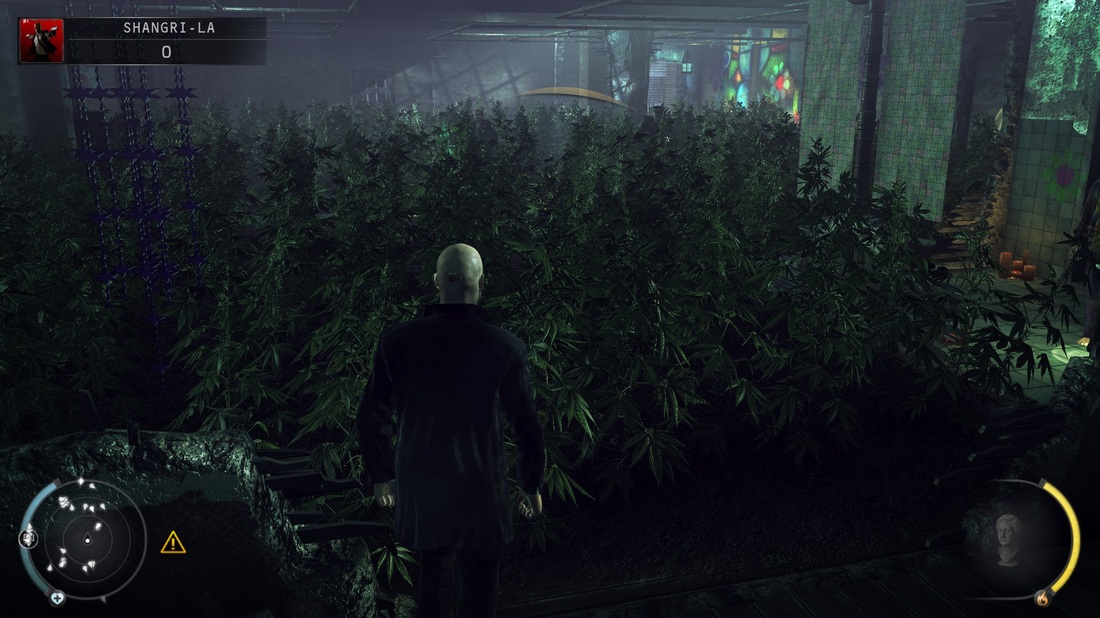


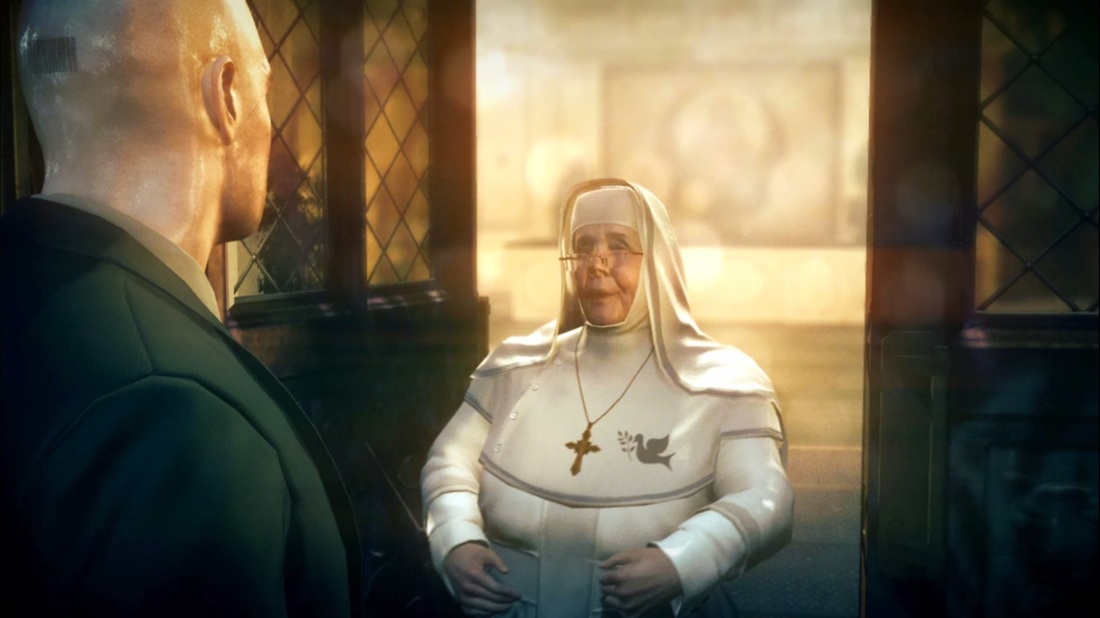
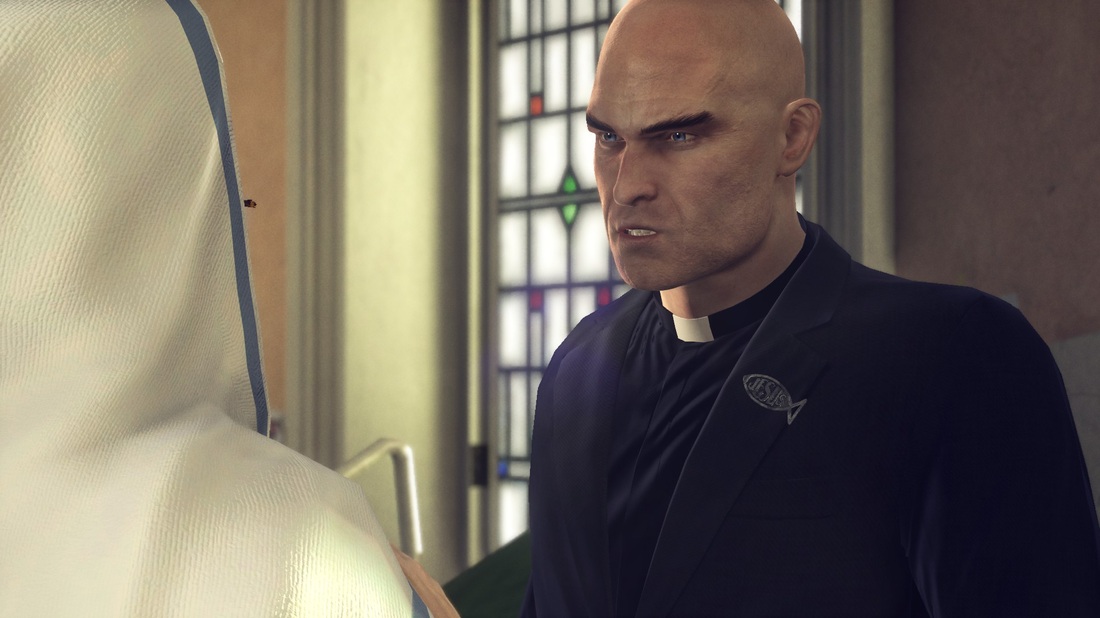

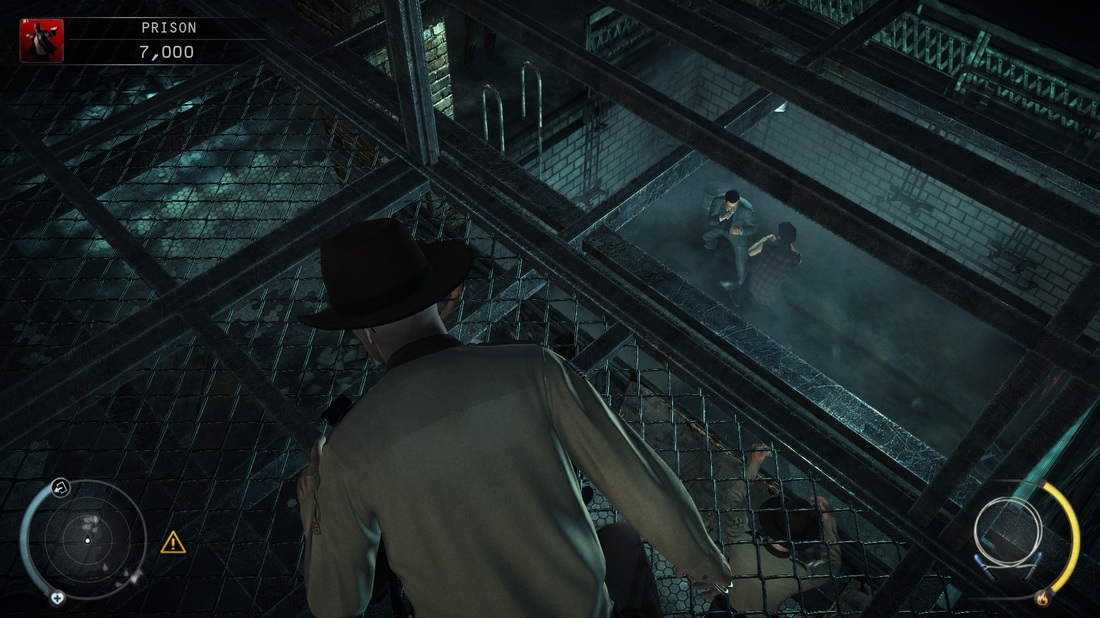


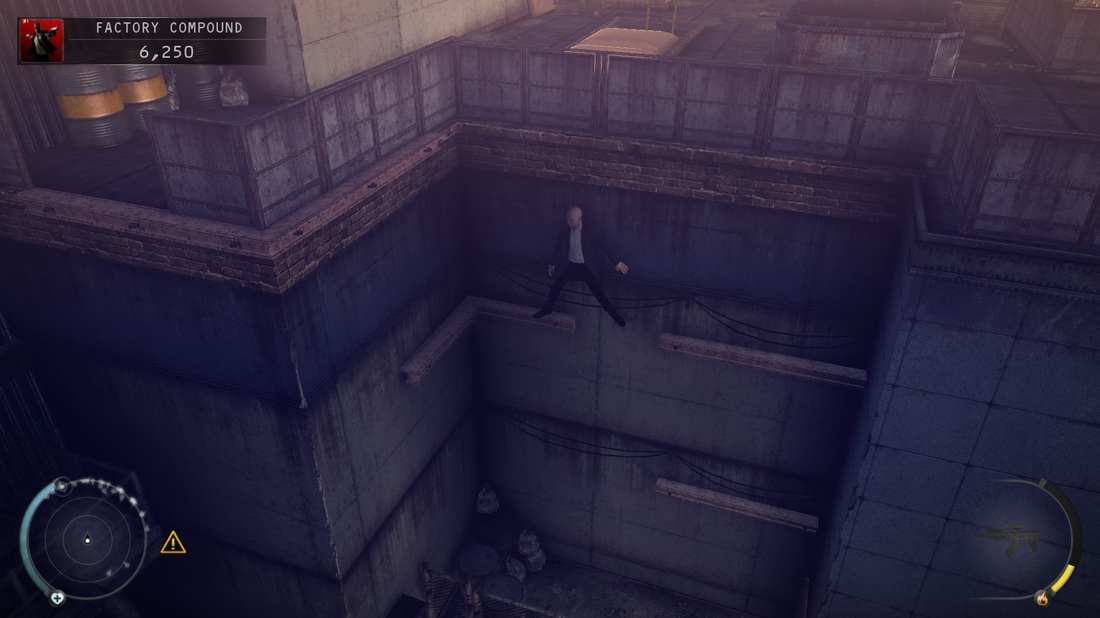



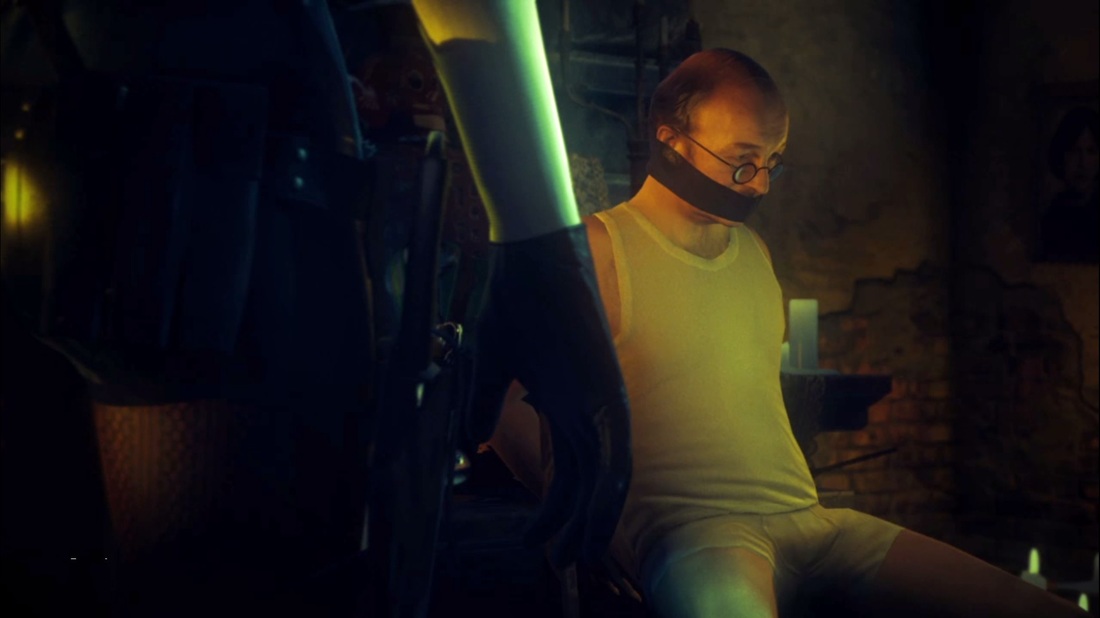

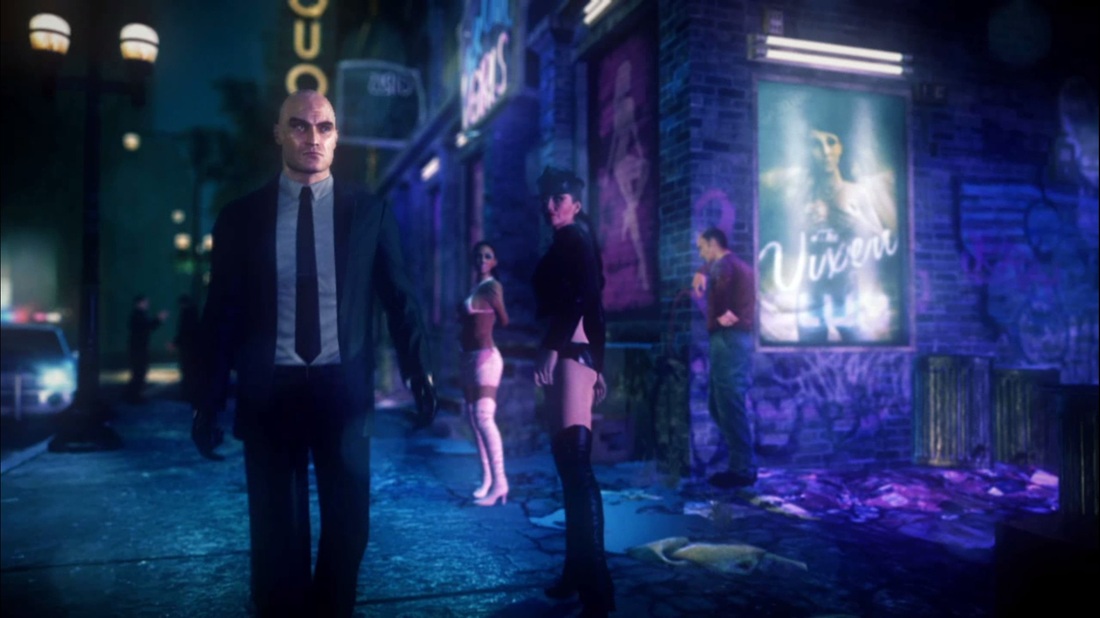
 RSS Feed
RSS Feed